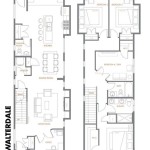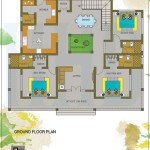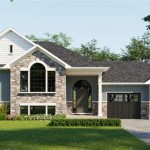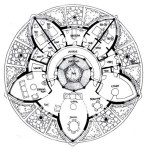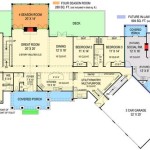Queen Anne House Plans: A Historical Masterpiece
Queen Anne architecture, known for its intricate detailing and asymmetrical facade, flourished in the late Victorian era and continues to captivate homeowners today. Whether you're seeking a historic restoration or a modern interpretation, Queen Anne house plans offer a timeless elegance and character.
Architectural Elements
Queen Anne houses are instantly recognizable by their elaborate ornamentation and distinctive features:
* Asymmetrical Facade: Instead of a symmetrical balance, Queen Anne houses often feature an asymmetrical facade characterized by projecting bays, dormers, and porches. * Turrets and Towers: Round or polygonal turrets and towers adorned with conical or pyramidal roofs add vertical interest and a whimsical touch. * Bay Windows: Large bay windows with intricate detailing, such as mullions and bay roofs, extend the interior space and provide natural light. * Elaborate Ornamentation: Queen Anne houses are known for their exuberant ornamentation, including gables, bargeboards, finials, and spindlework. * Wrap-Around Porches: Spacious wrap-around porches with decorative railings and millwork create inviting outdoor spaces.Historic Significance
The Queen Anne style originated in England during the reign of Queen Anne (1702-1714). It gained popularity in the United States in the late 19th century, reflecting an era of economic prosperity and architectural experimentation.
Queen Anne houses were often built by wealthy families who sought homes that showcased their status and individuality. They were also popular as resort homes in coastal areas and mountain retreats.
Modern Interpretations
While traditional Queen Anne houses remain sought-after, modern interpretations offer updated designs that blend historical charm with contemporary living. Architects have reimagined the style with more simplified facades, cleaner lines, and an emphasis on open floor plans.
Modern Queen Anne houses may incorporate features such as energy-efficient windows, sustainable materials, and smart home technology while maintaining the iconic architectural elements of the past.
Choosing a Queen Anne House Plan
When selecting a Queen Anne house plan, consider these factors:
* Size and Layout: Determine the number of bedrooms, bathrooms, and living spaces you require. * Architectural Style: Choose a house plan that aligns with the specific Queen Anne style you prefer, from traditional Victorian to modern interpretations. * Lot Size and Location: Ensure that the house plan and its dimensions fit your lot size and any zoning restrictions. * Budget: Estimate the cost of building the house, including materials, labor, and finishes. * Local Climate: Select a house plan that takes into account your local climate, including factors such as wind, sun exposure, and snowfall.Conclusion
Queen Anne house plans offer a unique blend of historical charm and modern functionality. With their elaborate ornamentation, asymmetrical facades, and spacious interiors, they create homes that are both visually stunning and comfortable to live in.
Whether you're drawn to a traditional restoration or a contemporary interpretation, carefully selecting a Queen Anne house plan can result in a timeless and captivating abode that will stand the test of time.

The Main Elements Of Queen Anne Victorian Home Style House Plans Architectural Floor

Radford 1903 Queen Anne With Tower And Classical Elements Victorian House Plans Vintage

The Radford American Houses 100 Ilrated Old For Victorian House Plans Blueprints Queen Anne

Glorious Queen Anne Victorian 19201gt Architectural Designs House Plans

Free Classic Queen Anne By Hodgson Newark House Plan Victorian Plans Vintage Blueprints

3 Bed Queen Anne Style House Plan 19218gt Architectural Designs Plans

Beautiful Luxury Victorian Style House Plan 3357 Queen Anne

What Is A Queen Anne House Advice From Bob Vila

Radford 1903 Queen Anne Free Classic Hipped With Lower Cross Gables House Plans Farmhouse Sims Vintage

A Queen Anne Victorian Designed In 1885 But Built 2002

